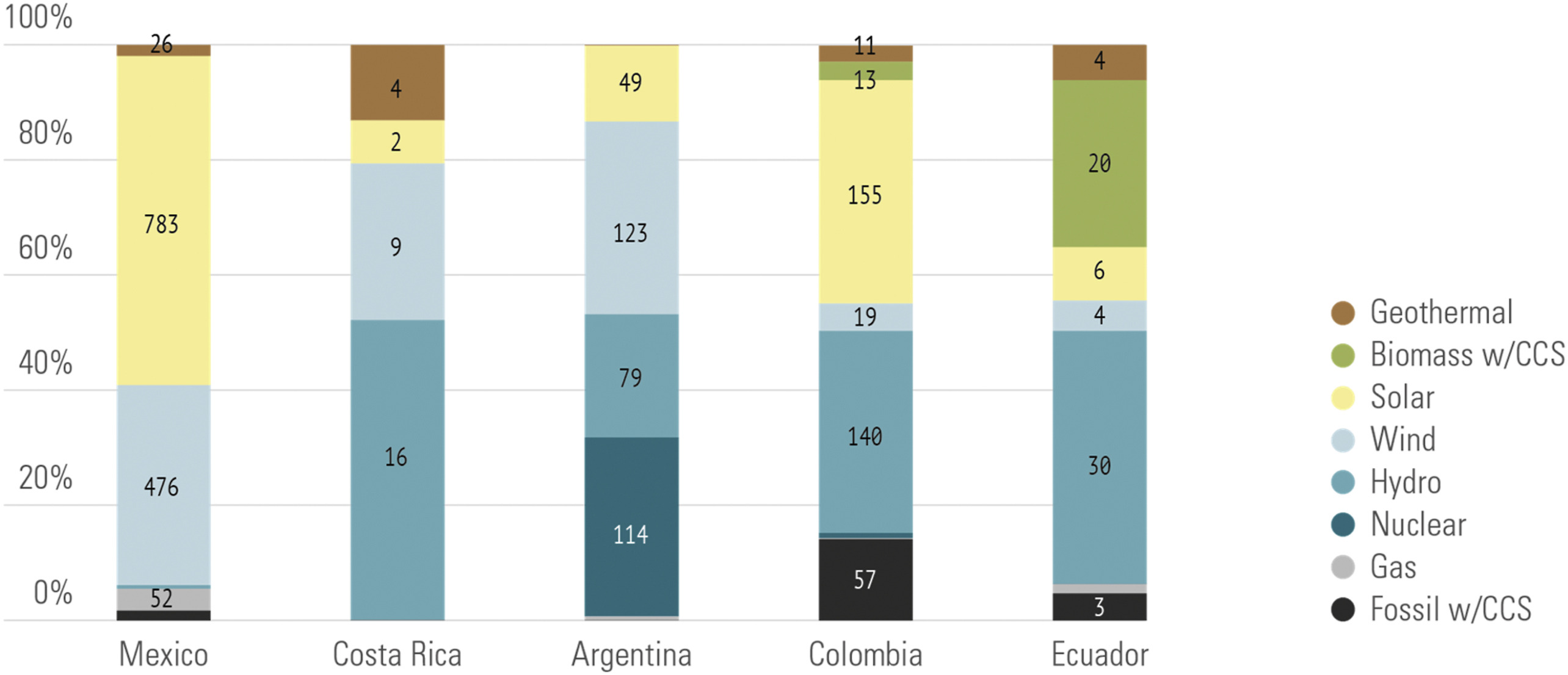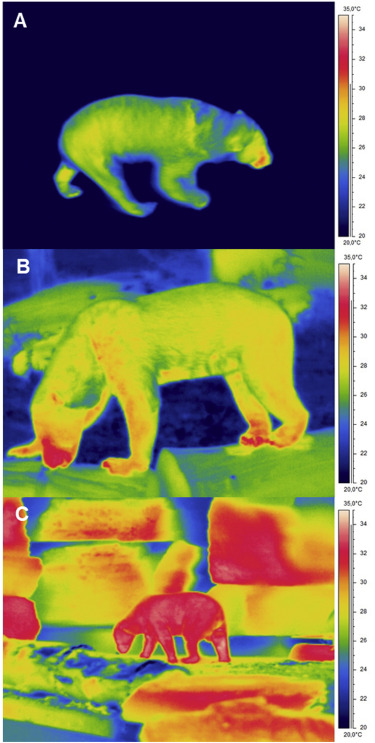One Earth, Volume 3, 24 July 2020
Producing food exerts pressures on the environment. Understanding the location and magnitude of food production is key to reducing the impacts of these pressures on nature and people. In this Perspective, Kuempel et al. outline an approach for integrating life cycle assessment and cumulative impact mapping data and methodologies to map the cumulative environmental pressure of food systems. The approach enables quantification of current and potential future environmental pressures, which are needed to reduce the net impact of feeding humanity.
Renewable Energy, Volume 154, July 2020
Pathways towards a defossilated sustainable power system for West Africa within the time horizon of 2015–2050 is researched, by applying linear optimisation modelling to determine the cost optimal generation mix to meet the demand based on assumed costs and technologies in 5-year intervals. Six scenarios were developed, which aimed at examining the impact of various policy constraints such as cross-border electricity trade and greenhouse gas emissions costs.
Journal of Business Venturing, Volume 35, July 2020
In this paper, we revisit the entrepreneurship and poverty relationship under a eudaimonic perspective that brings together conversion factors, and future prosperity expectations. Based on an fsQCA of changes in life circumstances of 166 farm households in rural Kenya, we explore how different combinations of conversion factors enable distinct forms of entrepreneuring in the pursuit of prosperity.


